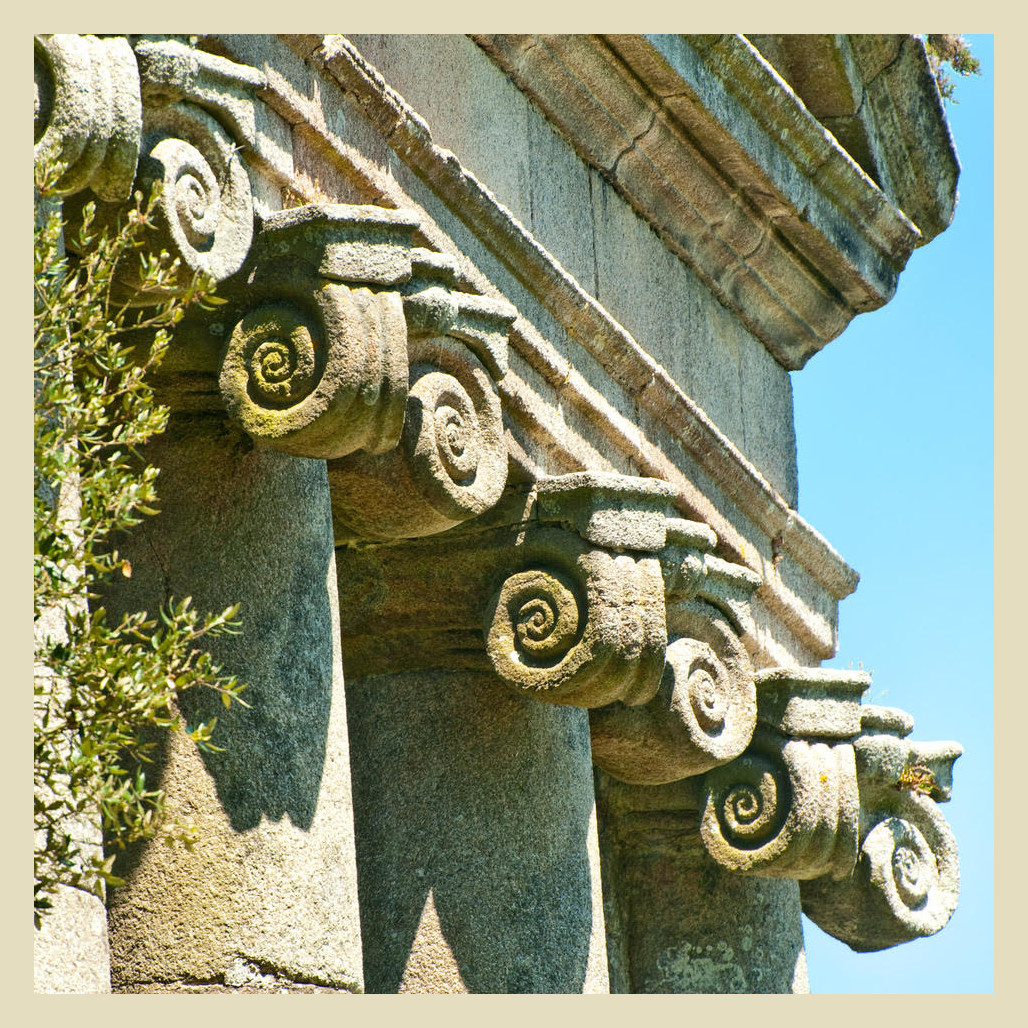A place of refuge series, Part 1
The Carclew Project Refugee Camp 1937 – 1939
Originally owned by the Bonython family, Carclew was purchased by William Lemon in 1749. Lemon was an industrialist who made his fortune in tin and copper mining, and had the Mansion house enlarged and modernised in the Palladian style. The property remained with the influential Lemon family and their descendents until 1937, following when much of the house was destroyed by fire in 1934.
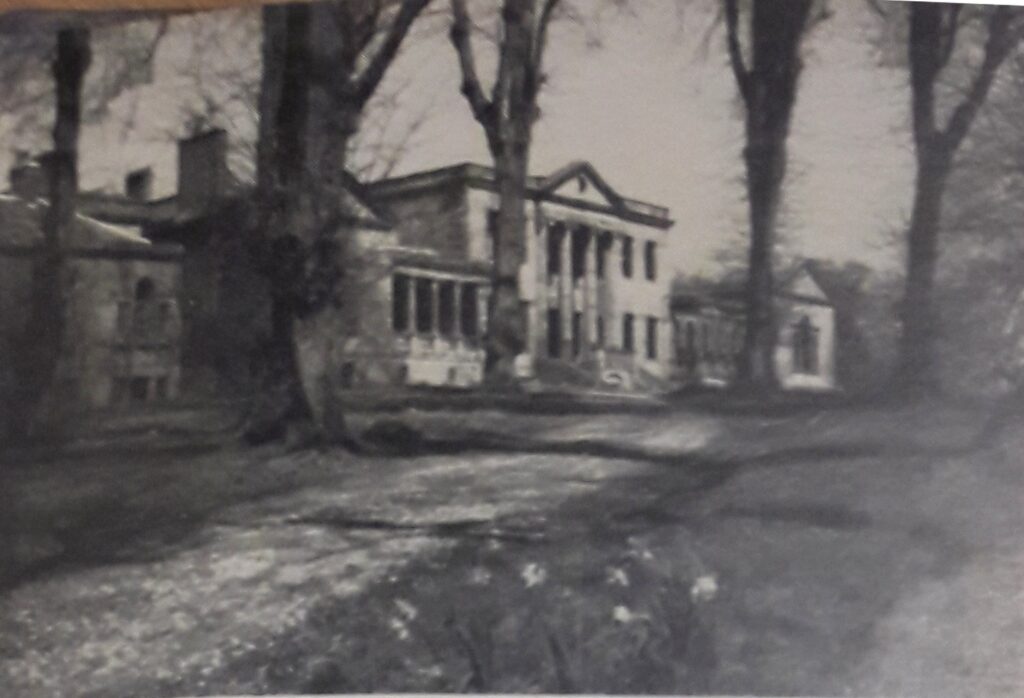
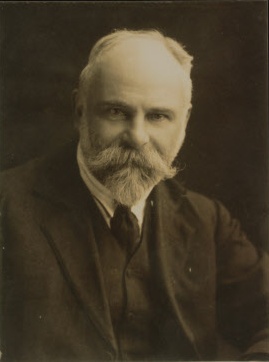
In 1937 the Quaker Arthur Pearce Jenkin of Trewirgie House, Redruth bought the Mansion and adjoining land. He gave Carclew to the Society of Friends, more commonly known as the Quakers, free of rent for ten years to help refugees fleeing persecution by the Nazis in Europe.
This was to be called ‘The Carclew Project’, led by a Quaker committee, with the involvement of the International Voluntary Service for Peace (IVSP).
It was in its way a miracle. A burnt-out mansion on the bank of a beautiful creek off the River Fal in Cornwall was offered to the Society of Friends; one wing could be made habitable by hard work … turning it into a training-cum-holiday centre for refugees, where (and here is the special Quaker touch) Jew and Gentile would live and work together.
Leslie Baily, Craftsman and Quaker, published Allen & Unwin, 1959, pages 134-137
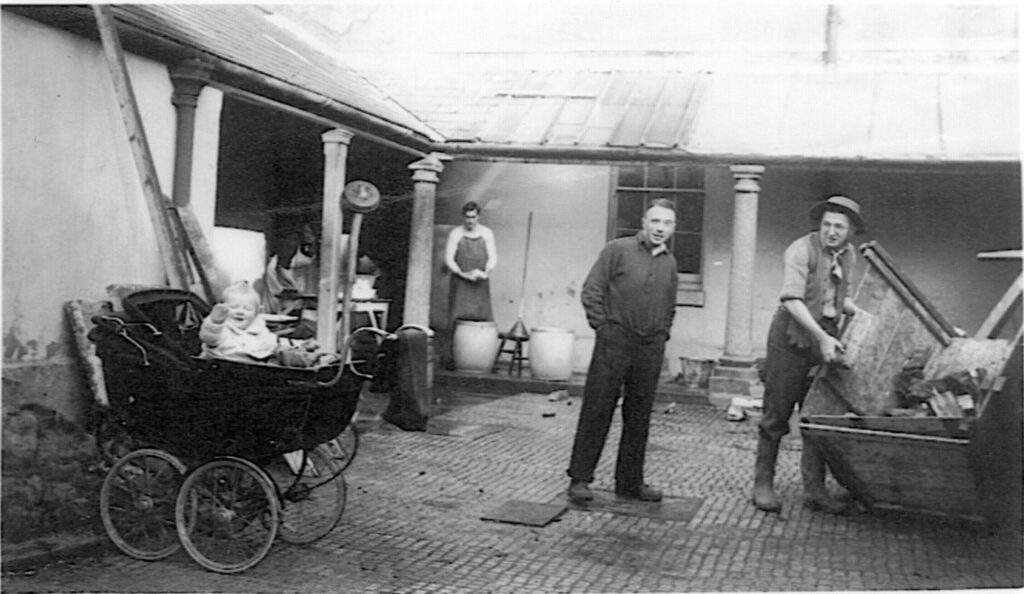
Kindly donated by Hugh L. Flatt (1917 – 2008), Agricultural Advisor at the Carclew Project, when he came to visit the site in September 1991, are a set of photographs capturing the lives of the predominantly Austrian men, women and children who made Carclew their home. He shared some of what happened in 1939.
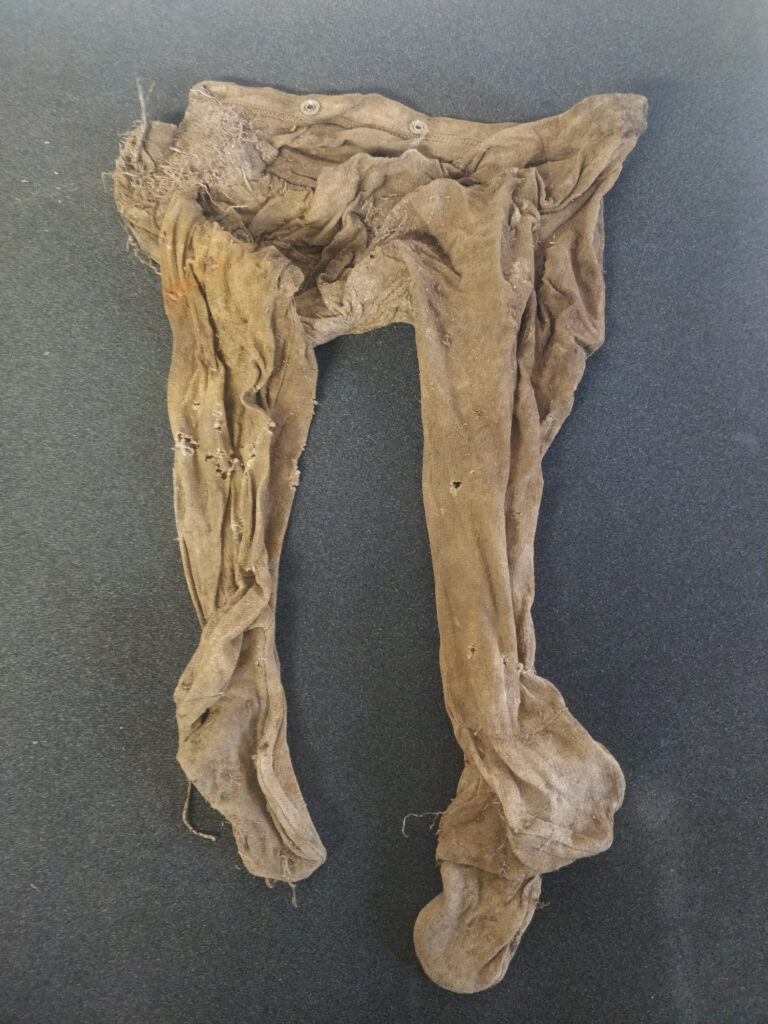
During excavation works in 2021, preparing the interior of the house for erecting scaffolding to stabilise the fabric of the exterior walls, a dirty rag was dug up. Before the rag was about to be tossed away, it was noticed that it contained poppers which looked exactly the same as the ones found on a babygrow.
Carefully shaking the soil from the cloth, and removing the roots which entwined the tiny legs together, it was clear that this was indeed a babygrow. It was found buried at a depth that must date to the Carclew Project for European families, who found refuge, safety and some version of purpose in their day to day lives.
With many thanks to Vernon White of the Come to Good Meeting House for the Society of Friends.
If you have stories and research and even photographs of artifacts from 1937 – 1939 relating to the Carclew Project, life in the Mylor Parish or the effects of the lead up to the outbreak of war, please Contact Us and, if you wish to, we can share your story.
